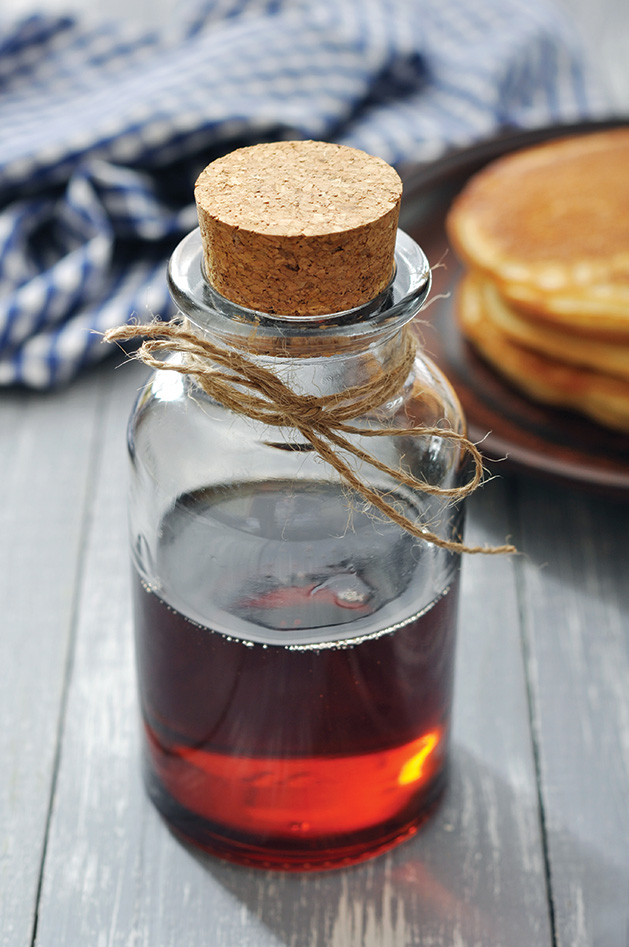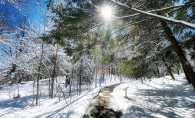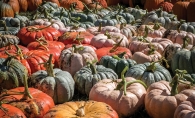
This month, warmer daytime temperatures that drop below freezing at night create a pressure differential inside sugar maple trees that causes sap to run. In the fall, when the sugar maple canopies were aflame with yellow leaves, I marked their trunks with single nails, so now I can tell the sugar maples from the oaks, elms, ash and basswood that all appear uniformly naked and dormant. When the season seems right—sometime between late February and late March—I drill holes in the marked trees for stainless steel taps. The trees almost instantly reward me with clear, crisp maple sap drops. I pop on milk jugs I’ve been saving since August and collect those drops. As the jugs fill, I have an excuse to tromp through the woods, enlisting the help of every family member, neighbor or visiting friend to join me to haul sap—a full gallon from each tree on a good day—back to ice chests by the house. We drink some of the sap straight, the season’s precipitation filtered through the trees. And when we have enough—40 gallons of sap will yield a single gallon of syrup—we call the neighbors to gather around a fire to boil sap. We pass the hours in fabulous company drinking what I call the 3M, Minnesota maple martinis, stirred with an icicle. And so the sap transforms an otherwise slushy gray Saturday into a sweet outdoor party—like a love letter from the woods.
Anne Marie Ruff Grewal is a writer, editor and environmentalist. She serves on the board of the Long Lake Waters Association and has recently published her second novel, Beneath the Same Heaven.









